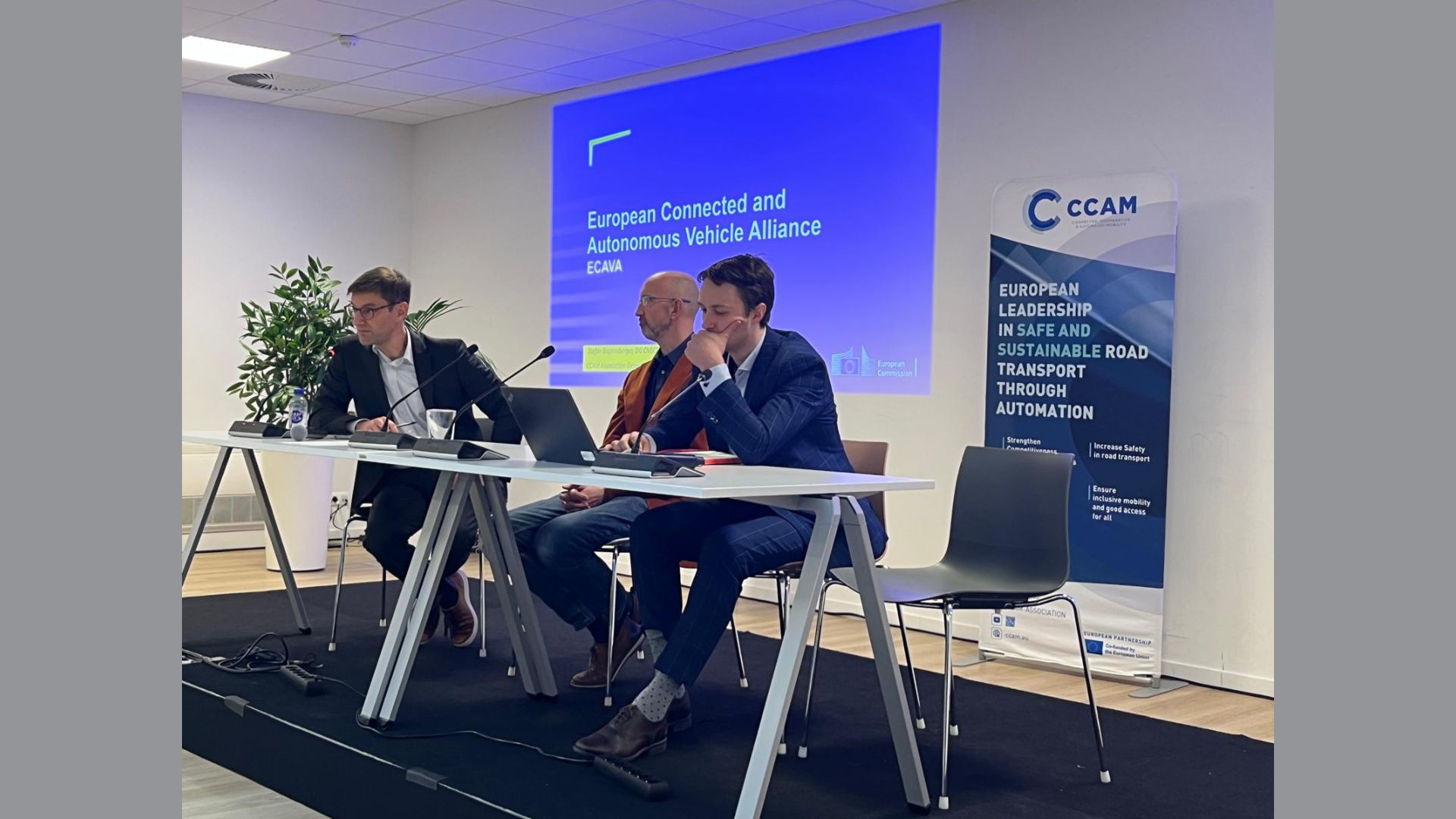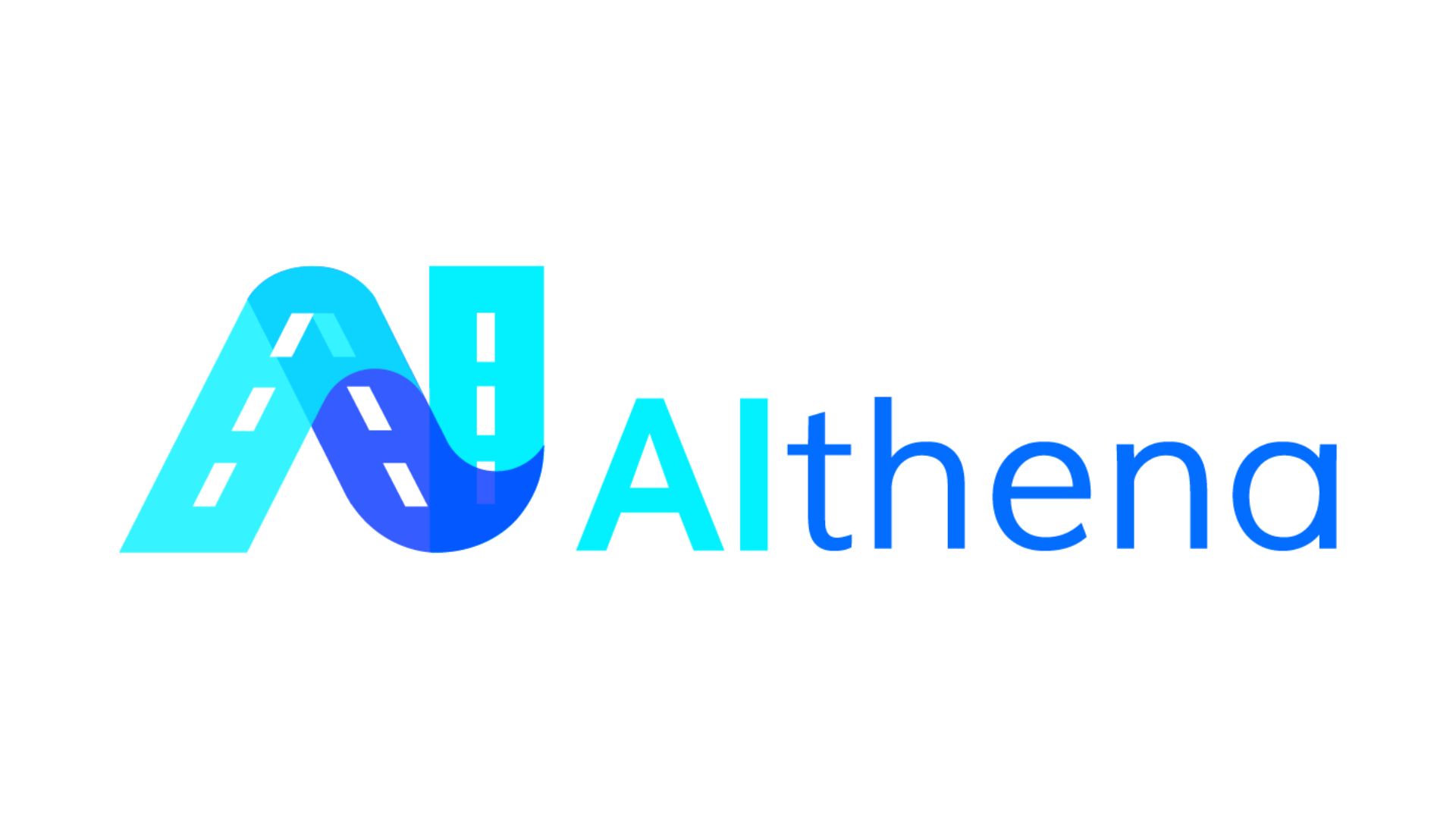How the SUNRISE Interactive Handbook helps experts make CCAM safer

The challenge of ensuring that CCAM technologies are both safe and scalable continues to evolve across multiple domains. Among these, testing and validation stand out as critical areas that demand standardised approaches, reusable tools, and well-documented processes to support engineers, researchers, public authorities, and industry stakeholders.
To address these needs, the SUNRISE project has been funded to drive progress and deliver practical solutions. One of its key results is the SUNRISE Interactive Handbook, an open-access online tool designed to support a consistent and structured way of ensuring safety in CCAM systems. It’s practical, easy to navigate, and ready to be used by anyone developing or assessing automated driving technologies.
Rather than focusing on any one system or vehicle, the Handbook introduces a methodological framework for building a strong safety case. That framework is called the Safety Assurance Framework (SAF), and it’s the backbone of the Handbook. It helps users define what needs to be tested, how it should be tested, and how to interpret the results in a way that supports safe deployment.
The SAF is organised into three main blocks:
- Scenario Block – This is where the process starts. Users define the use cases or operating situations that the system needs to handle. These could be simple or complex, like a truck entering a docking station or a car navigating a roundabout. The goal is to describe what the system should do, under what conditions, and with what assumptions.
- Environment Block – This part focuses on how to turn scenarios into testable activities. Users decide what kind of test environment is suitable (real-world, simulation, or a mix), what data is needed, and how the system will be exposed to the relevant challenges. This ensures that the testing truly reflects the system’s intended use.
- Safety Argument Block – This is where results are analysed. Users check if the safety goals have been met and if the testing provides enough evidence. If not, the framework guides them back through the process to adjust scenarios, environments, or test plans. This loop supports continuous improvement, which is especially important in the early stages of development or during certification.
Each block is broken into smaller sub-blocks, and all of them are explained clearly in the Handbook. What makes it especially useful is that it doesn’t assume a one-size-fits-all approach. Instead, it gives users the flexibility to apply the SAF in different contexts, whether for development, auditing, research, or certification. It can also be used by both individual teams and multi-partner projects.
A unique feature of the SAF is the Data Framework, which connects different parts of the process and ensures that users can bring in data from outside sources. SUNRISE itself does not generate all the test data, it enables users to link the SAF to existing scenario databases and sensor data repositories. This avoids duplication and makes the SAF more useful in real-world settings where different tools and datasets are already in use.
To show that the SAF is not just theoretical, the Handbook includes several real-life use cases that were tested during the SUNRISE project. Each use case outlines which parts of the SAF were applied and includes links to video demonstrations and project documents.
In addition to the technical demonstrations, the Handbook includes a section called SAF Solutions, which showcases exploitation solutions developed by SUNRISE partners. These examples illustrate how different organisations plan to make use of the Safety Assurance Framework beyond the project, whether by integrating it into internal processes, building services around it, or using it to inform certification approaches. Partners like TNO, AVL, the Scenario Centre, and others present their exploitation strategies, offering inspiration and direction for other stakeholders looking to adopt or build upon the SAF in their own operational or commercial activities.
To support transparency and community input, the Handbook includes a feedback function that lets users suggest improvements or point out issues. This is especially useful as the Handbook is still evolving, with the current version (v3.1) already well-developed and a final version (v4.0) expected later in 2025. The feedback tool encourages users to become contributors, helping shape the next version of the SAF for broader and long-term use.
The tool also includes an infobot, a built-in chatbot that answers questions using the full set of SUNRISE deliverables. Whether you’re trying to understand a specific term, looking for technical documents, or trying to connect the SAF to your own testing framework, the chatbot helps shorten the learning curve.
What makes the SUNRISE Interactive Handbook especially valuable is that it brings structure and openness to a process that is often fragmented. Many safety assessments today still rely on internal documents, local procedures, or one-off engineering practices. By offering a shared, modular, and transparent approach, the Handbook supports better collaboration and comparability across CCAM initiatives. It also helps avoid costly mistakes and redundant testing, while making sure that safety is always at the centre of deployment decisions.
For researchers, it’s a structured way to build safety cases that can be adapted to future projects. For public authorities, it’s a tool to understand what “safe enough” means in practical terms. For developers and industry, it’s a guide to building systems that meet expectations, not just technically, but also from a regulatory and social perspective. And for policymakers, it’s proof that harmonised, science-based tools can support the safe and scalable rollout of CCAM technologies across Europe.
As the SUNRISE project nears completion, the Handbook will remain as one of its main legacies, a living tool that can continue to grow with the sector.
If you work in CCAM and care about safety, we invite you to explore the SUNRISE Interactive Handbook and see how it can support your work: https://ccam-sunrise-project.eu/handbook/

